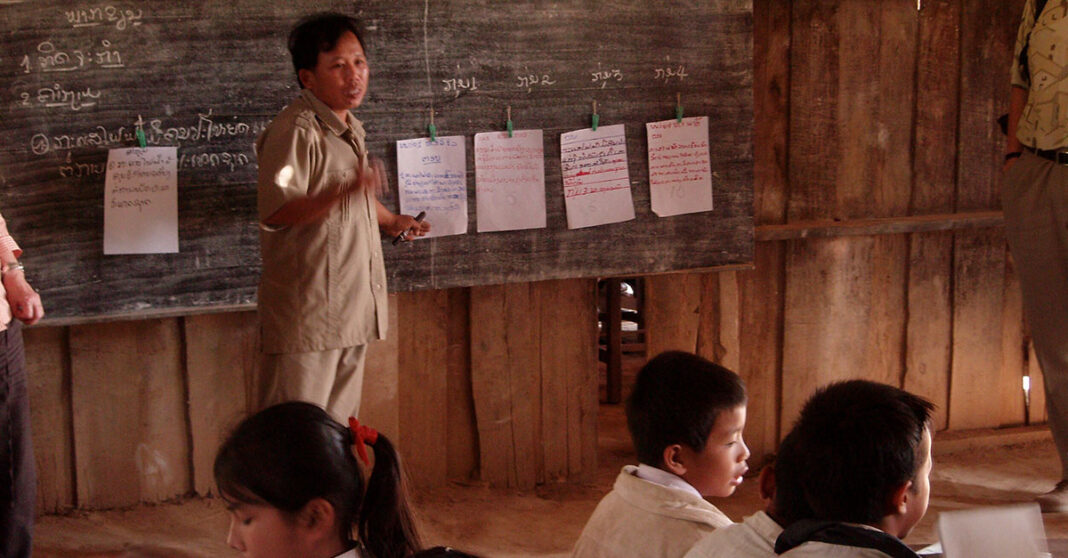A critical shortage of teachers is plaguing the education system in Savannakhet, threatening the quality of education for hundreds of students. Over 500 teachers are needed to fill vacancies across the province, particularly in rural areas where the lack of educators is most acute.
The shortage has recently been exacerbated by the retirement of 300 teachers, leaving many schools understaffed. As a result, individual teachers are often forced to teach multiple subjects, compromising the depth and quality of instruction. This, combined with the long distances students must travel to reach school, has led to a decline in overall enrollment.
To address the crisis, provincial authorities have allocated approximately LAK 1.4 billion (USD 63,397) to purchase school supplies and uniforms for students in need, focusing on those living in remote areas. Governor Bounchom Oubonpaserth emphasized the importance of providing these essential resources to encourage children to attend school.
Despite these efforts, the teacher shortage remains a significant challenge. In some areas, as many as 118 teachers are still needed. Similar issues arose last year, leading to the temporary closure of seven primary schools due to a lack of teachers. Despite efforts to recruit volunteer teachers, many resigned after failing to secure permanent civil service positions.
The authorities are exploring ways to incentivize individuals to become teachers, including potentially using additional provincial income to support education initiatives.
The teacher shortage in Savannakhet is not unique. Neighboring Bolikhamxay Province is also facing a similar crisis, with a need for 413 additional educators. The decline in teacher availability has contributed to a drop in overall student enrollment across both provinces.
Laos faces significant challenges in education compared to its Southeast Asian neighbors. Many children, especially those in rural areas or from disadvantaged backgrounds, lack access to early childhood education. This, combined with high dropout rates and low primary education completion, contributes to a cycle of educational disadvantage.
Only 30 percent of Lao 5-year-olds are enrolled in early childhood education, particularly in remote or impoverished regions. Additionally, many children struggle with Lao, the official language, and pre-primary teachers often lack adequate training and resources. These factors contribute to high dropout rates and low primary education completion, with only 81.9 percent of children completing primary school in 2017, according to the Ministry of Education and Sports statistics.



